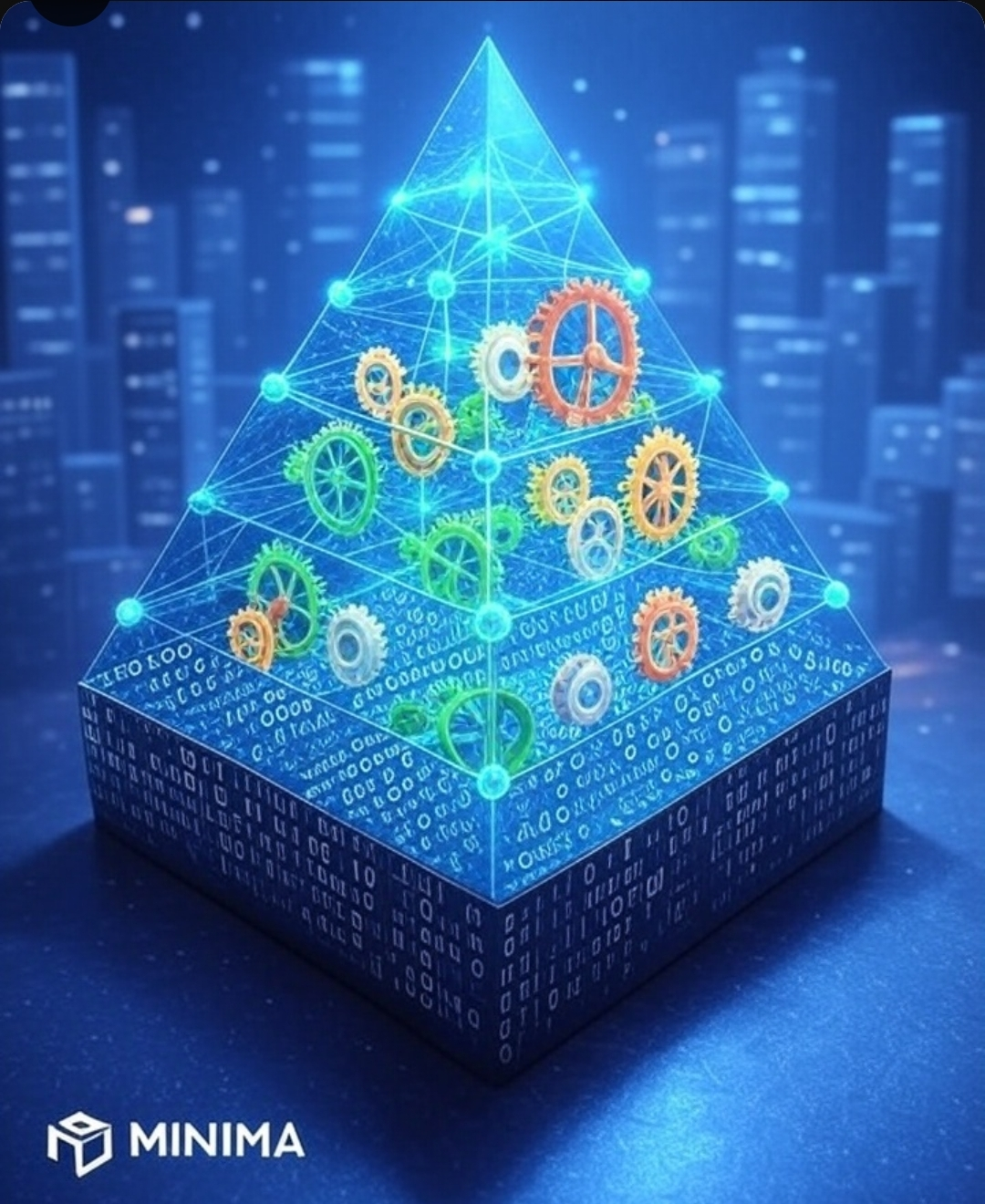DeSCI is not just a transfer of science to Web3, but a complex transformation of the scientific infrastructure that faces technical, legal, and social challenges.
1. Technical nuances
a) Data vs. Metadata
- Problem: Blockchain is not suitable for storing large scientific data (e.g., genomic sequences or raw experimental data).
- Solution:
- Only hashes and metadata (authorship, date, experiment conditions) are recorded on the blockchain.
- The data itself is stored in IPFS, Filecoin, Arweave, or decentralized databases (Ceramic, GunDB).
b) Reproducibility and smart contracts
- Problem: Even with methodology recorded on the blockchain, physical experiments may depend on external factors (purity of reagents, calibration of equipment).
- Solution:
- Oracle services (e.g., Chainlink) for verifying real data.
- NFT protocols for equipment (e.g., tokenized access to a laboratory with parameter fixation).
### c) Privacy vs. Transparency
- Conflict: Scientists may be reluctant to disclose intermediate data due to the risk of plagiarism or commercial secrecy.
- Trade-offs:
- Zero-Knowledge Proofs (ZKP): Proof of data correctness without revealing the data itself.
- Partial encryption: For example, access to data through NFT keys.
2. Economic and legal nuances
a) Tokenization of science
- Problem: How to assess a scientist's contribution? Traditional metrics (Hirsch index) do not work in token economics.
- Models:
- Reputation Tokens (non-fungible, e.g., POAP for peer review).
- Profit-Sharing Tokens (scientists receive a share from the commercialization of their research).
b) Regulatory risks
- Publications: In some jurisdictions, NFT articles may not be recognized as official publications.
- Patents vs. Decentralization: If research is recorded in a public blockchain, it may be considered "disclosed" and unsuitable for patenting.
c) Funding through DAO
- Problem: Most DAOs do not have legal status to enter into contracts with universities.
- Workarounds:
- Creating legal wrappers (e.g., Swiss funds for VitaDAO).
- Hybrid DAO — part of the decisions is made off-chain through traditional legal entities.
---
3. Social and cultural barriers
a) Conservatism of the scientific community
- Problem: Scientists are accustomed to traditional journals (Nature, Science) and fear "unreliable" Web3 platforms.
- Ways to adapt:
- Partnerships with peer-reviewed journals (e.g., integration of ORCID with NFT publications).
- Hybrid models (e.g., traditional publication + duplication in blockchain).
b) Long-term motivation
- Risk: DeSCI participants may focus on "quick tokens" rather than fundamental research.
- Balance:
- Long-term staking mechanisms (e.g., tokens are unlocked only after confirming results).
- Subsidizing "unpopular" areas through DAO voting.
4. Integration with Minima
Minima can solve some of the DeSCI problems by:
- Lightweight nodes: Scientists can run their nodes without significant costs.
- P2P coordination: Direct data exchange between laboratories without intermediaries.
- Micropayments: For example, payment for real-time access to data.
---
 Conclusion
Conclusion
DeSCI is not just "science on the blockchain", but a complex ecosystem where technologies must consider:
✅ Technical limitations (data, privacy).
✅ Economic models (tokenization, DAO).
✅ Legal frameworks (patents, publications).
✅ Cultural habits of scientists.
If your interest is related to a specific aspect (e.g., how Minima can store scientific metadata or work with DAOs), let me know — I will explain in more detail! 🔍